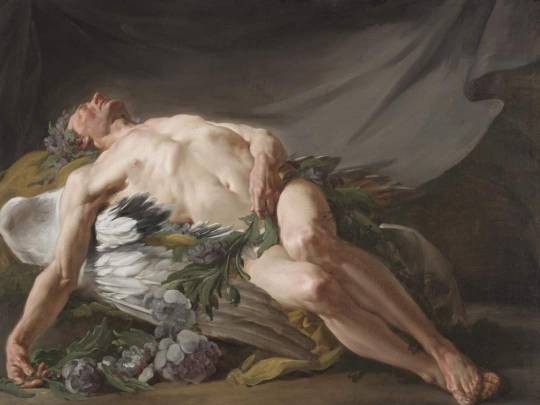#Jean Bernard Restout
Text

Jean-Bernard Restout (1732-1797)
"Sleep" (c. 1771)
Oil on canvas
Located in the Cleveland Museum of Art, Cleveland, Ohio, United States
#paintings#art#artwork#painting#male portrait#jean bernard restout#oil on canvas#fine art#cleveland museum of art#museum#art gallery#french artist#portrait of a man#male figure#wings#flowers#sleep#sleeping#asleep#morpheus#god of sleep#1770s#late 1700s#late 18th century#a queue work of art
159 notes
·
View notes
Text
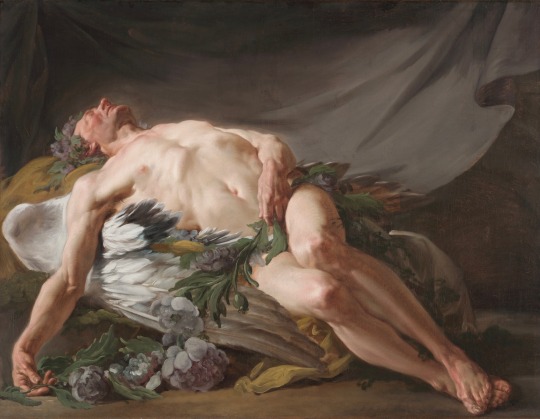
‘Sleep’ c. 1771, by Jean Bernard Restout.
#vintage art#classic art#art#painting#Jean Bernard restout#oil painting#sleep#flowers#moody art#art history#art details
69 notes
·
View notes
Text

Sleep
c. 1771
Jean Bernard Restout (French, 1732-1797)
Oil on canvas
6 notes
·
View notes
Text
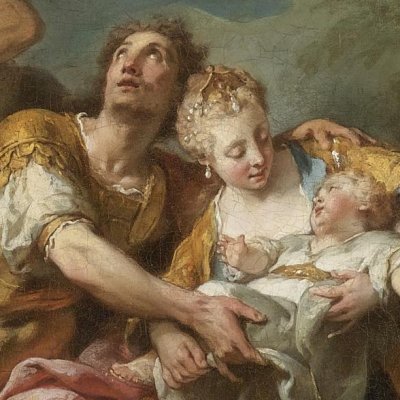
Les adieux d’Andromaque et d’Hector, par Jean Restout, 1728. Collection particulière.
#jean restout#art#painting#couple#woman#mother#child#french art#french painting#french painter#troie#hector#18th century#andromaque#myth#mythe#mythologie#jean bernard restout#mine
0 notes
Note
Hi, I love your blog! I was wondering, and I only thought of it because of your username and of her melancholic aria, if you knew of any paintings or illustrations related to Purcell's "When I Am Laid In Earth" or even just Dido's death in general? Thank you!😊
I'm so glad that you like my blog! I love Purcell's Dido and Aeneas (it was one of the inspirations for my url). I get "When I Am Laid in Earth" stuck in my head often, but it's too high for me to sing, sadly...
I don't have any specific recommendations for illustrations of Purcell's opera, but I do have some favorite depictions of Dido's death, which are mostly inspired by Vergil’s account in the Aeneid:
My favorite paintings are probably Henry Fuseli's Dido in the collection of the Yale Center for British Art (I like the inclusion of Iris cutting Dido's hair to release her soul) and Giambattista Tiepolo's Death of Dido in the Pushkin Museum of Fine Arts (this one is actually the header on my blog). I also like Joshua Reynolds' Death of Dido, which is in the British Royal Collection, and a work in the Getty Museum that is attributed to Rubens' workshop.
Additionally, my favorite print is an etching by Stefano della Bella after Parmigiano of Dido Killing Herself, which, like the Rubens workshop painting, shows Dido with Aeneas' sword in the moment before the suicide.
I hope that you enjoy some of these works too! As a bonus, my favorite depiction of Dido before her death is Joseph Mallord William Turner's Dido Building Carthage. Jean-Bernard Restout's series of oil sketches for a tapestry design are also good, if not as complete as a finished painting: Dido Sacrificing to Juno in the Metropolitan Museum of Art, three works of Dido and Aeneas in the LACMA collection, and The Death of Dido, which was up for auction by Sotheby’s in 2019.
#dido dicit#ask#answer#oh-come-sweet-death#Thanks for giving me an excuse to look through my old posts!#I really should repost some of these paintings since image quality has improved so much since I started this blog...#Dido#Dido and Aeneas#death of Dido#suicide of Dido#Aeneid#mythology#Henry Fuseli#Giambattista Tiepolo#Joshua Reynolds#Stefano della Bella#Parmigiano#Joseph Mallord William Turner#Jean-Bernard Restout
23 notes
·
View notes
Text
Okay I know it's a running gag at this point about me being like "aHAH speaker Osiris evidence!!" But, this is something I've been dying to talk about since @thefirstknife brought it to my attention.
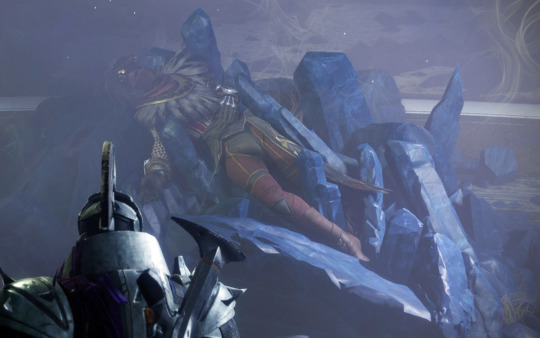
(Exorcism)
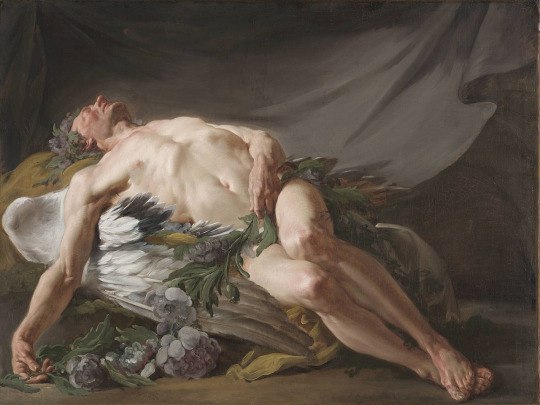
(Morpheus, Jean-Bernard Restout)
I don't need to explain why these two are so similar. But, we do need to talk about who Morpheus is and why Bungie designers would use him as a parallel.
Morpheus ('Fashioner', derived from the Ancient Greek: μορφή meaning 'form, shape') is a god associated with sleep and dreams. In Ovid's Metamorphoses he is the son of Somnus and appears in dreams in human form. From the medieval period, the name began to stand more generally for the god of dreams, or of sleep. (Wikipedia)
Quite interesting! Osiris's own state has been described as he's dreaming, and not only that but we've seen his dreams, and he's distinctly losing his sense of self and human form. (more about prior analyses here and here)
Now it may seem like this is just a parallel for parallel's sake but historically Bungie isn't prone to do that. For example, the island we fight Savathun on is a direct reference to the painting Isle of the Dead. (More on that here.)
Somnus is Roman mythology's counterpart of Greek mythology's Hypnos. God of sleep, and the poet Virgil describes him as half brother to death, Mors. Ovid describes Somnus as having thousands of sons. I know these seems like it's not related to anything but I promise it is. We know that the Traveler often correlated to dreams, given the Speakers' existence.
Which gives us an interesting idea of what Speakers are. They exist to give meaning to the Traveler's dreams, one might even describe them as dreams in human form.
Additional note is that the Traveler describes the Darkness as such:
The Traveler has not left us. Something new || half-remember and wished-forgotten, this false-sister || has arrived. (Severing)
The only other person to have decribed the Traveler and the Darkness being Osiris in his prophecies:
Two siblings cleaved by time and space, reflections never found alone,
The ending of the eldritch race—a path long seen but never known. (Garden Progeny 1)
Which circles back to Somnus and Mors being step-siblings.
Alright I hear you. What does this have to do with Osiris and Morpheus? Everything. Honestly I wouldn't be surprised if this was more evidence to my idea of Osiris being something like a Speaker, and if not that then the Traveler is at the very least trying to get a hold of him.
It's not a coincidence they made a parallel to Morpheus, and it's not a coincidence that shortly afterwards every lore piece about Osiris's coma has been about his sleep and dreams.
And, of course, how can I forget.
The Traveler speaks only to those who sleep or the dead.
#lore.exe#osiris#destiny the game#destiny 2#osiris destiny#the traveler#destiny osiris#also it probably doesn't matter but i posted the parallels between the pictures on twt and at least 6 bungie devs liked the post so#cyrus.exe
259 notes
·
View notes
Text
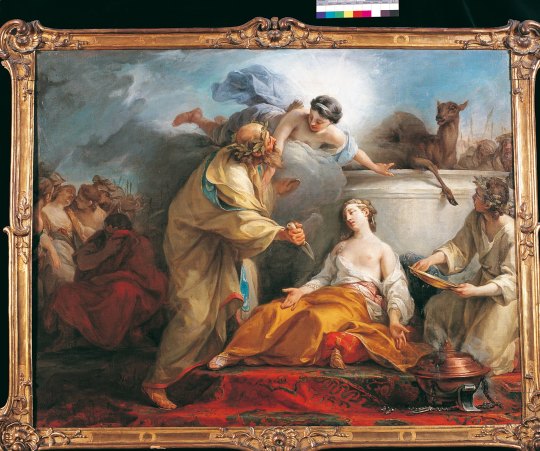
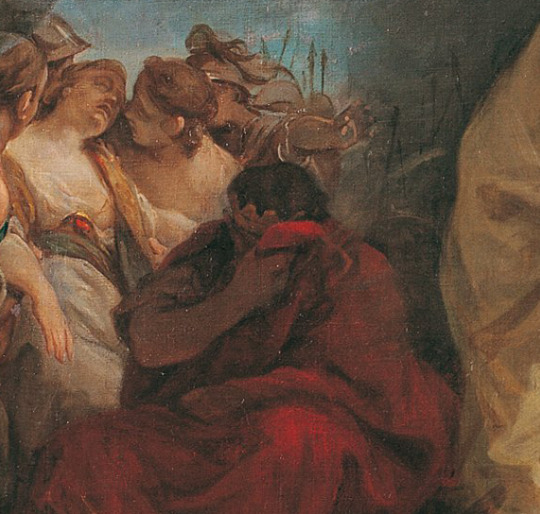
"Le Sacrifice d’Iphigénie" - Jean-Bernard Restout (1732-1796) - Agamemnon's face not being visible to the viewer was a common art motif since Ancient Greek times. Artists agreed that it was not possible to depict a father's sorrow 🥺💕
19 notes
·
View notes
Text
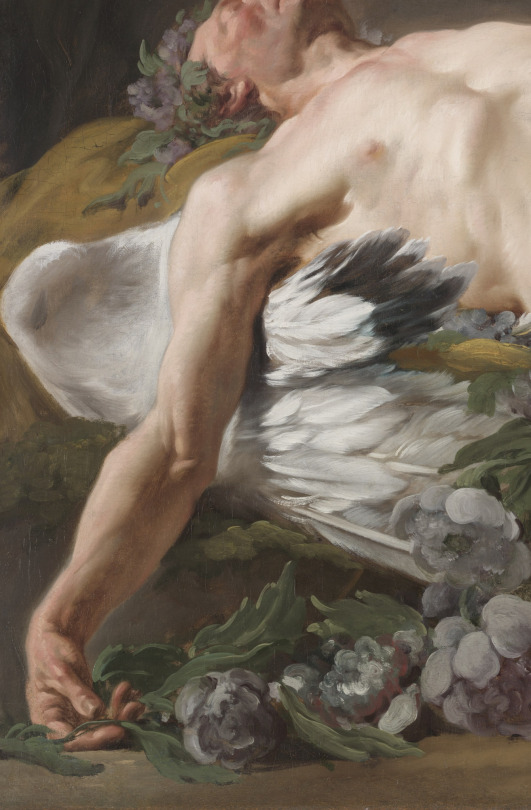
Detail: Sleep, Jean Bernard Restout, 1771
#Jean Bernard Restout#french art#art detail#rococo#18th century art#1700s#oil on canvas#painting#classical art
13K notes
·
View notes
Text

‘morpehus’ - jean bernard restout (1777)
#god of sleep#morhpeus#art#art history#curators#culture#museums#history#greek mythology#greek gods#sleep#jean bernard restout
1K notes
·
View notes
Text

Jean Bernard Restout, Un homme nu allongé les bras repliés sur le visage, 1780
46 notes
·
View notes
Text
' Diogenes bir heykelden para dilenir. Nedeni sorulunca, "reddedilmeye alışmak için", der. '
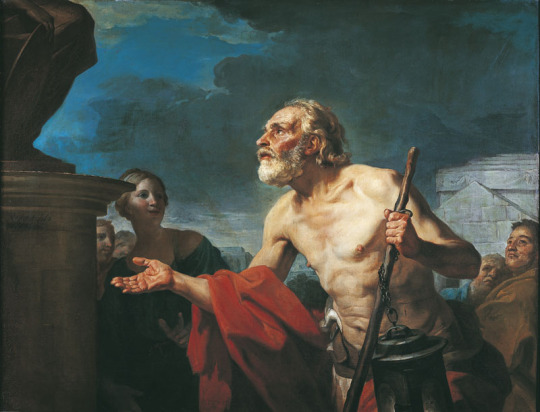
Jean-Bernard Restout : Diogène demandant l'aumône aux statues
~ ~ ~ ~ ~ ~
“Reddedildim; bu benim kendime saygımı arttırdı.”
Søren Kierkegaard, Günlükler
ilk alıntı: çiğdem dürüşken
#diogenes#soren kierkegaard#jean bernard restout#art#felsefe#düşünce#alıntı#twitter alıntıları#çiğdem dürüşken
35 notes
·
View notes
Text
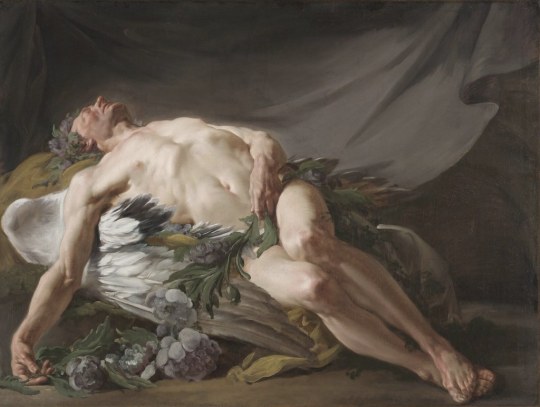
Jean Bernard Restout - Sleep (c. 1771)
38 notes
·
View notes
Text
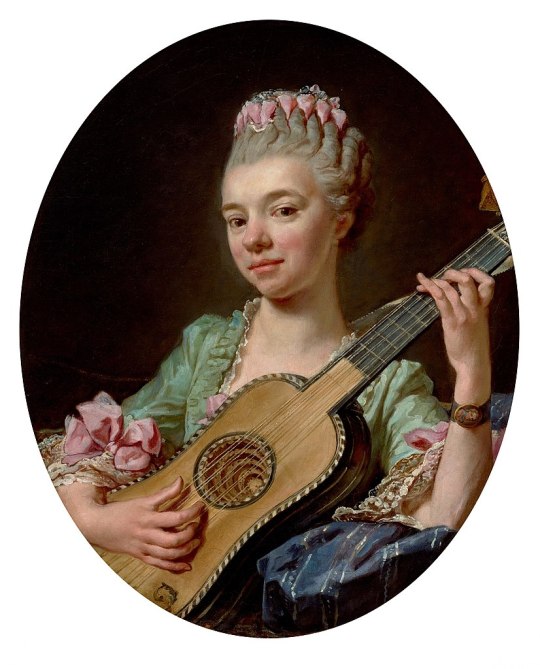
Young Woman with a Guitar by Jean-Bernard Restout, 1768
81 notes
·
View notes
Text

Sleep (detail), 1771
~Jean-Bernard Restout (1731-1797)~
31 notes
·
View notes
